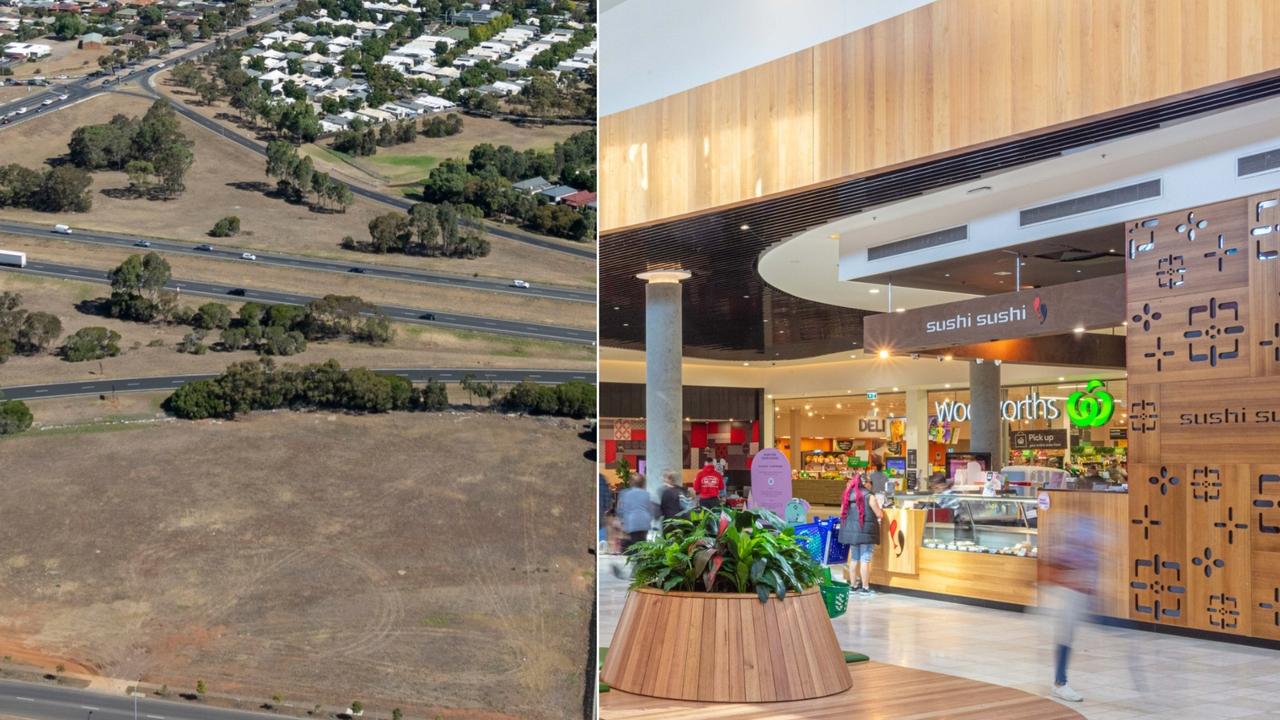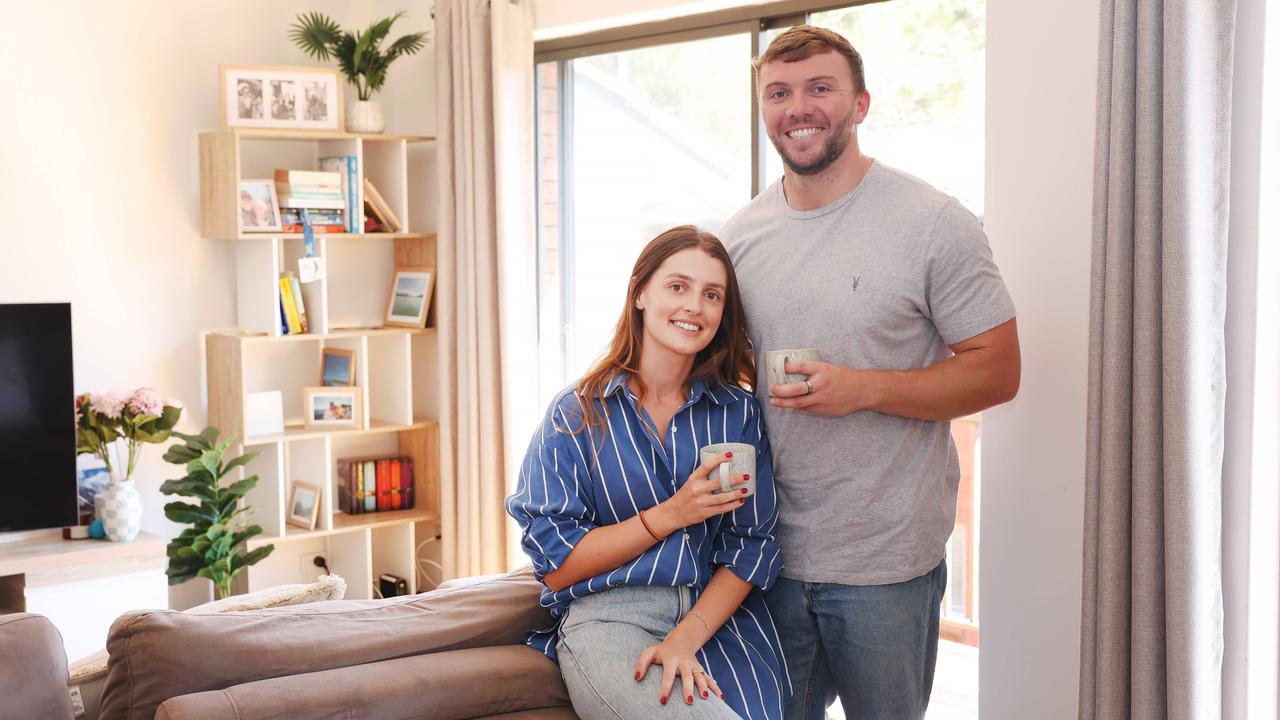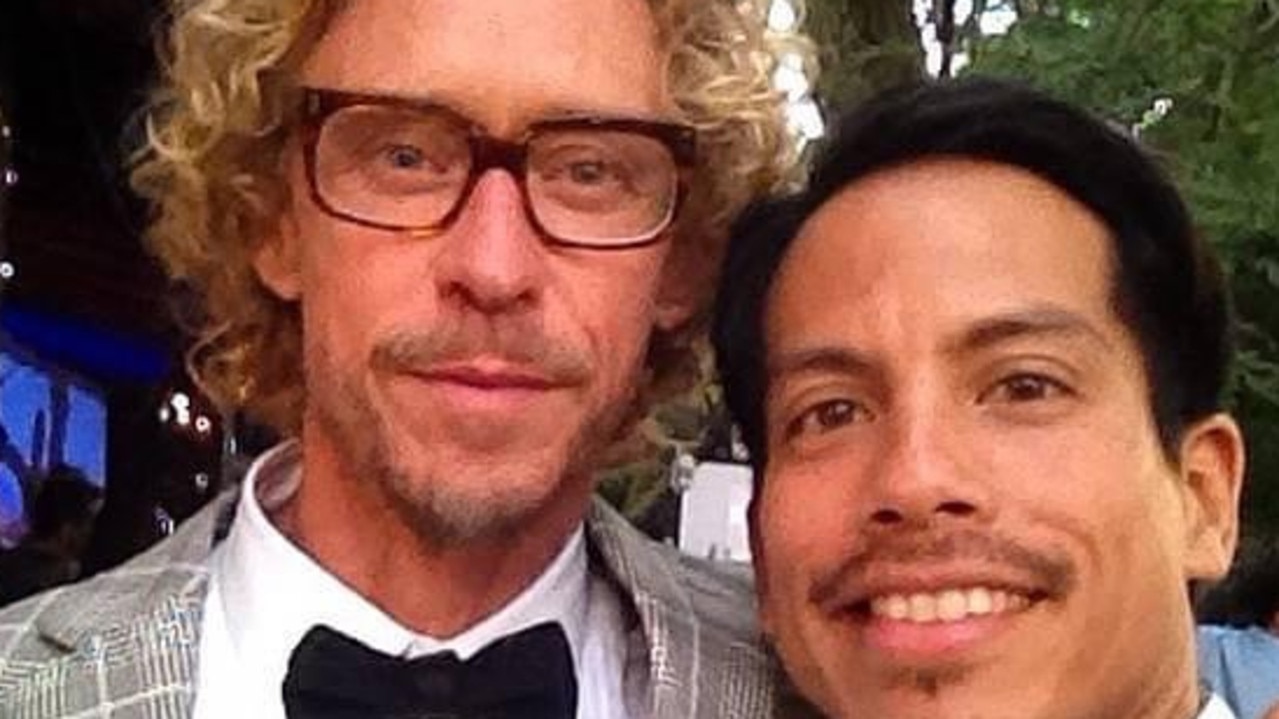House prices jumped $50k in March in Sydney as median house values could reach $1.4 million
If the skyrocketing property prices continue, the median house value is going to break through the $1 million mark in some areas of Australia.

It’s grim news for those looking to jump on to the property ladder with Sydney’s median house value jumping by $50,000 in March alone — the equivalent of $1600 a day.
The CoreLogic data showed the biggest monthly increase in capital city property values since October 1988.
In Sydney, house values have jumped by a whopping $100,000 since New Year’s Day and if the soaring prices continue it could mean the median house price reaches $1.4 million by the end of the year.
“The last time Sydney housing values recorded a quarterly trend this strong was in June/July 2015. Following this brief surge, the pace of growth rapidly slowed as limits on investor lending kicked in to slow the market,” explained CoreLogic’s research director Tim Lawless.
Melbourne’s house prices haven’t jumped as high, with a $60,000 increase since the start of the year, but it does mean the median house value could reach staggering heights of $1 million just in time for Christmas Eve.
RELATED:Sydney couple’s $135k can’t buy in ‘worst’ suburbs
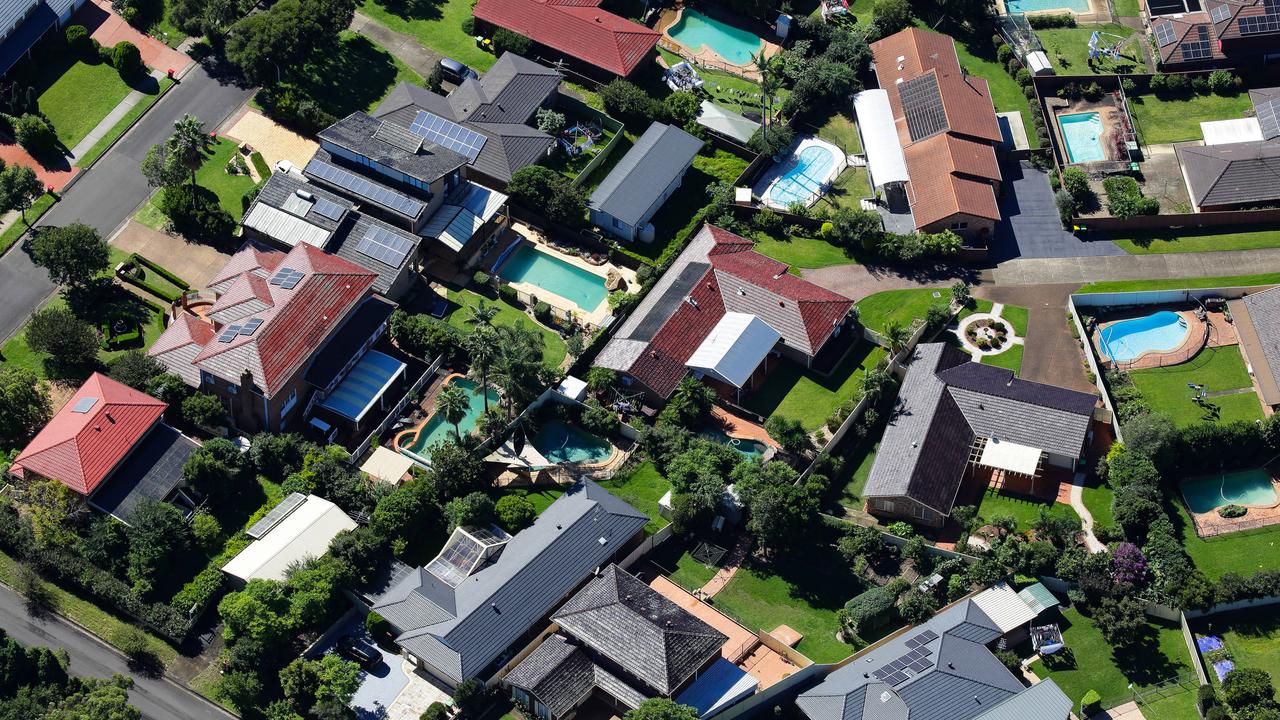
Regional pricing pumped up
Some areas around the country have seen a huge surge in growth. Take NSW’s Central West, which has seen a $46,404 increase in house values in the last 12 months. Over in Tasmania’s north east and Launceston, prices have shot up by $50,279 in the last year.
“Housing values in regional areas are 11.4 per cent higher over the past year, demonstrating the earlier stronger growth trend; capital city values are now 4.8 per cent higher on an annual basis with the acceleration in growth evident in March,” Mr Lawless said.
However, unit owners haven’t faired so well with the pricing boom. The CoreLogic data shows houses continue to outperform apartments, with the average Australian capital city house price last month reaching $747,639, while the average unit price was $592,154.
Across the combined capitals, the quarterly growth rate for houses was 6.5 per cent — more than double that of units at 3.1 per cent.
“Despite the underperformance, unit markets have turned a corner, with Sydney recording two consecutive months of rising values, while the Melbourne unit market has seen values consistently rising since October last year, with the trend accelerating over recent months,” Mr Lawless said.
The eye watering increases in property prices are being blamed on low interest rates, government schemes designed to bolster the property market like HomeBuilder and stamp duty concessions and months of lockdowns and restrictions allowing Aussie households to build a huge stash of cash.
But these price hikes aren’t the reason first home buyers have been pushed out of the property market with research revealing that most homes were already unaffordable for Aussies.
The National Housing Finance and Investment Corporation found 40 per cent of first homebuyers in Sydney and Hobart were priced out of the market. In Sydney and Hobart, the bottom 60 per cent of income earners can afford 10 to 20 per cent of homes on sale in those markets. If you earn in the bottom 40 per cent, less than 10 per cent of the market is affordable.
RELATED:$100k in savings but totally ‘priced out’
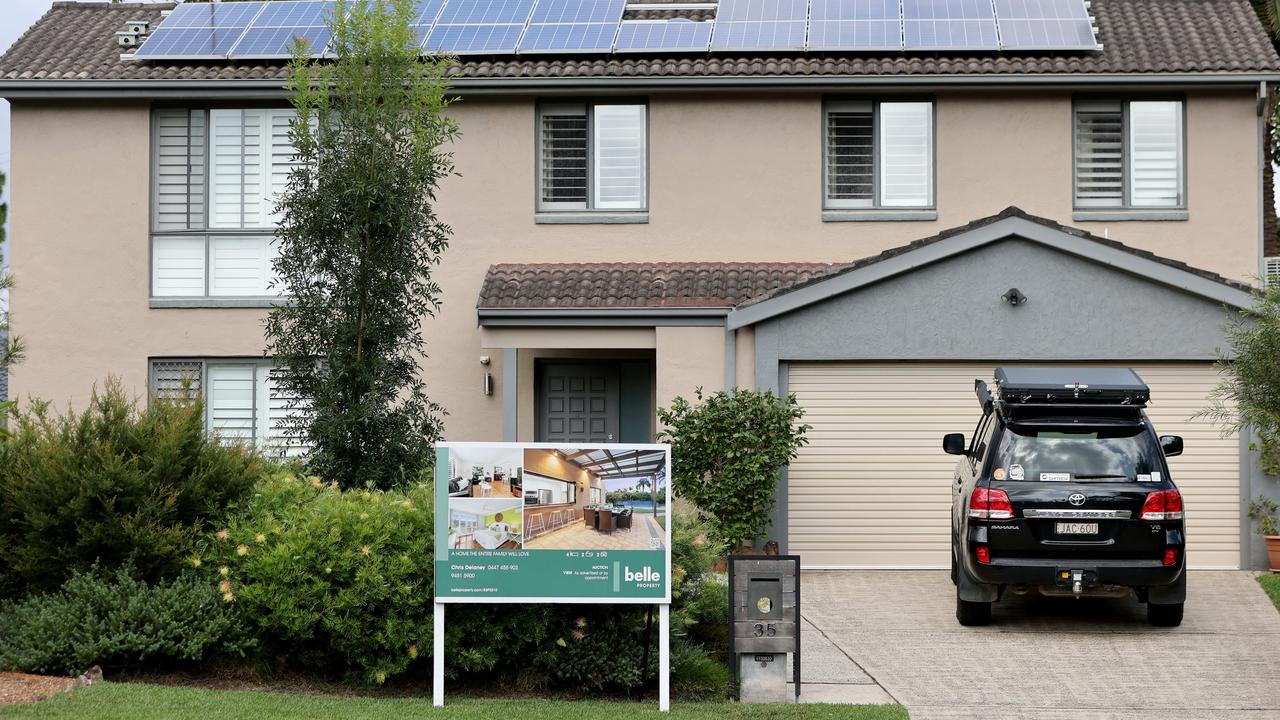
Changes needed for first home buyers
Hal Pawson, a housing professor at the University of NSW said the tax system offers invisible help to home owners to the disadvantage of first home buyers.
“I think in Australia and in a lot of other countries as well through the way the tax system works, we make home ownership even more attractive to be in – we almost bribe people to enter it – and it becomes more and more of a privilege to be a homeowner and it’s creating a society where not so many people can be part of that,” he said.
REA’s director of economic research Cameron Kusher said homeowners may be grinning with the surge in house prices but there was a downside to it.
“If you’re an owner it probably feels pretty healthy. If you’re trying to get in, it probably doesn’t,” he said.
“I think extreme moves either up or down are never probably very good if they’re sustained for a period of time … because you start getting real social and political problems as a result.”
The banking sector regulator, the Australian Prudential Regulation Authority (APRA), has signalled along with Reserve Bank governor Philip Lowe that it is keeping a close eye on property market developments.
The supply and demand shortage that has driven house prices through the roof is unlikely to end any time soon and could easily spark an interest rate hike, warned ANZ chief executive Shayne Elliott.


